- H-23/ B Abul Fazal Enclave, New Delhi - 110025, INDIA
Call Us (Indian)
(+91 ) 7827791242
Call Us (International)
(+91 ) 7827791242
Email Us
info@globlaregenex.com
(+91 ) 7827791242
(+91 ) 7827791242
info@globlaregenex.com
Patients seeking high-quality, reasonably priced stem cell treatment in India have been successfully treated by Global Regenex, which also provides healthcare services to patients from all over the world. This page provides information about traveling to India for excellent medical care, namely stem cell treatment, for our Tanzanian friends and patients who are seeking health.

Patients from all around the world can receive state-of-the-art stem cell therapies from the esteemed Global Regenex. The center has been offering exceptional stem cell therapies to Tanzanian patients in India, among its global clients. Global Regenex has emerged as a top choice for Tanzanian patients looking for cutting-edge medical care because of its advanced facilities and skilled medical staff.
In regenerative medicine, stem cell therapy has enormous promise for treating a wide range of illnesses and ailments. The Global Regenex has been leading the way in applying this advanced strategy to treat Tanzanian people’s medical issues. The center hopes to enhance the quality of life and provide viable treatments for diseases that were thought to be incurable by offering stem cell treatment alternatives.
The institute’s meticulous adherence to international medical standards and individualized treatment programs demonstrate its dedication to providing Tanzanian patients with superior care. A comprehensive assessment is carried out before starting any therapy in order to ascertain the patient’s eligibility and create a customized protocol that meets their individual requirements. In order to guarantee that patients receive the finest care possible throughout their treatment journey, the team of highly qualified doctors and healthcare workers works closely with the patients.
Furthermore, Global Regenex provides thorough follow-up care to Tanzanian patients because it understands the need for post-treatment assistance. By ensuring that patients continue to get care even after they return to Tanzania, this strategy helps patients recover and get the most out of their treatments.
Tanzanians are very aware of the needs related to their health. Patients prefer to fly abroad for medical care as Tanzania’s healthcare system is not as sophisticated as it is. This was also the case in the past when Tanzanians could only afford to travel abroad for medical care if they were wealthy and well-off. Patients from Tanzania can now afford a wide range of therapies, and like patients from other countries, they are starting to flock to India for any health-related issue since India is becoming one of the best and most prominent medical tourism destinations worldwide. India has always been at the forefront of meeting these requirements and has emerged as Tanzanians’ preferred supplier of healthcare-related services.

Located precisely south of the Equator, Tanzania, formerly known as the United Republic of Tanzania, is an East African country. In 1964, Tanzania gained its independence by uniting the disparate regions of Tanganyika and Zanzibar. More than 99 percent of the aggregate zone of the merged domains is covered by Terrain Tanganyika. Mafia Island is run by the land, although the governments of Zanzibar and Pemba are run by separate entities. Halfway over the landscape sits Dodoma, Tanzania’s designated capital since 1974. That being said, Dar es Salaam continues to be the nation’s largest city and port and the location of the majority of government agencies. Tanzania’s topography is bordered to the north by Uganda, Lake Victoria, and Tanzania; to the east by the Indian Ocean; to the south and southwest by Mozambique, Lake Nyasa, Malawi, and Zambia; and to the west by Lake Tanganyika, Burundi, and Rwanda. Tanzania’s geography is primarily above 600 feet (200 meters), with the exception of the seaward islands and a narrow strip along the coast. Huge stretches of plains and flatlands coexist with amazing features like Lake Tanganyika, the second-deepest lake in the world at 4,710 feet (1,436 meters), and Kilimanjaro, Africa’s highest peak (19,340 feet [5,895 meters]).
Tanzania’s territory is divided into four main climatic and topographic regions: the hot and humid Indian Ocean shoreline marshes; the hot and arid zone of the broad focal level; the high inland mountain and lake district of the northern outskirt, which is home to Mount Kilimanjaro; and the pleasant countries of the upper east and southwest, whose climates range from tropical to serene. Assumed from the comparatively thin human settlement, Tanzania is home to an incredibly diverse range of wild animals. Large populations of hoofed animals, including dik-diks, kudu, bison, zebras, giraffes, and elands, may be found at most of the country’s many theme parks. Hyenas, untamed dogs, and large cats like lions, panthers, and cheetahs are examples of predators. On lakeshores and riverbanks, crocodiles and hippos are common. Tanzania has more than 100 distinct dialects spoken there, making it the most etymologically diverse country in East Africa. It does, however, have two official dialects: English and Swahili (kiSwahili). The native dialect, Swahili, originated on the island of Zanzibar and along the East African drift, combining a few Bantu dialects with Arabic. Despite this, English is typically used as a medium of guidance for authority and teaching.
However, when it comes to Tanzanian medical offices, they ignore the medications that are available in countries like the US and the UK. Tanzania’s medical services system is underprepared and in need of excellent personnel and professionals. Tanzania’s government has been working feverishly to address this health crisis and the lack of treatment resources since these factors are affecting the country’s overall progress. People are dying from diseases that may be prevented due to limited access to high-quality medical treatment and inadequate resource allocation across the country. Accordingly, Tanzania’s open medical services are often of poor quality due to pervasive depravity, board needs, and limited access.
A growing number of patients are leaving Tanzania for India in search of various therapeutic and surgical treatments as medical tourism picks up speed. The main attraction for many medical travelers is the ability to save money on very costly procedures. In addition, many medicines and operations are not available in Tanzania; instead, they may be quickly and affordably obtained in India. A large portion of Indian pharmaceuticals are priced as little as one-tenth of those in other competitive nations like the United States or the United Kingdom. This has led to an increase in the number of Tanzanian medical tourists traveling to India for treatment.

India is the mother of history, the grandmother of mythology, the great-grandmother of tradition, the foundation of the human race, and the cradle of human speech. Only in India do we have our most priceless and illuminating resources from human history. This was remarked by Mark Twain a few decades ago, and India really does suit the bill. India, one of the world’s first civilizations, is proud of its rich cultural legacy and multicolored variety. Over time, it has achieved overall socioeconomic progress. India, the seventh largest country in the world, is distinguished from the rest of Asia by its unique topography, which is shaped by the sea and mountains. For every visitor to the country, India has a unique facet of its identity to offer.
India is the biggest sovereign democratic country in South Asia, surrounded by China, Pakistan, Nepal, and Tanzania. With more than a billion people living there, India will astound you with its diversity, whether it’s from the snow-capped peaks in the north to the sunny beaches in the south, or from dense forests, magnificent temples, vibrant festivals, and towns that have evolved into the country’s IT hubs. India’s rich diversity also makes it an intriguing travel destination with mouthwatering food that will entice travelers to return time and time again. From a spiritual standpoint, India is a secular nation where many different religions coexist and thrive.
Tanzania is a nation that prioritizes the health and welfare of its people. Tanzanians find that India is a great option when looking for advanced medical care, especially for stem cell therapy. For Tanzanians in need of such specialized therapies, India’s superior medical facilities, well-known medical personnel, and proficiency in the field of stem cell therapy make it a desirable travel destination. Numerous stem cell treatments are available in India’s healthcare system to treat a variety of illnesses, such as autoimmune diseases, orthopedic injuries, and neurological disorders. Tanzanians stand to gain from India’s cutting-edge stem cell therapy research and technologies, which are frequently unavailable in their own nation. In addition, India offers high-quality healthcare at a reasonable cost without sacrificing any quality. Patients in Tanzania looking for better medical care may find that stem cell therapy is a feasible alternative in India because it is far less expensive there than in other nations. Tanzanians can choose India for their medical requirements since it offers them access to ethical methods, individualized care, and state-of-the-art stem cell therapies. This gives them hope again and a chance for a better quality of life.
Every patient at Global Regenex is allocated a Guest Relation Officer (GPO) who assists the designated worldwide patient and their family. Foreigners’ Regional Registration Office (FRRO) registration, multi-cuisine tailored menu, special dietary arrangements, visa extensions, locker facility, local tourism/travel assistance, hotel and lodge accommodations outside the hospital, foreign exchange, language translators, and all other necessary assistance are provided by the GPO. Several other amenities consist of:
The firm will arrange for complimentary transportation and other facilities linked to pre- and post-discharge visits. We will assist you with airport transportation and your travel arrangements inside New Delhi. Your needs regarding transportation, location, and other patients’ requirements will be handled by our executives. Please complete our online application form and let us know how we can provide you with the best possible care and attention.
Let’s examine the process of traveling to India for affordable and effective medical care. The process begins with the patient emailing the healthcare manager with their question and medical history, or by calling the manager to discuss the condition. Our experienced surgeons and physicians thoroughly review the case and the records to provide a full medical opinion. This opinion is then communicated to the patient, allowing them to understand and make plans for their future course of action. All reports are required to undergo a minimum of three expert reviews in order to get inclusive, unbiased medical opinions. Following that, the patient is free to go to India on prearranged dates. In addition, we assist our Tanzanian patients in obtaining the approval of their medical visas and handle all logistical and travel-related needs. For a better grasp of the entire process, see the Step-by-Step Guide for more details.
Patients do not experience any negative side effects from stem cell treatment. Patients are often free to go a few hours after the stem cell therapy is finished. Following their release, a 24-hour patient hotline number is available for any questions. Via phone or email, the clinic’s concerned physicians or surgeons maintain continuous communication with the relevant patients. They are able to submit requests for more retrieval if necessary and receive precise feedback on their progress by doing this. For example, when a diabetic patient’s doctor learns about their present symptoms, the doctor may prescribe the appropriate amount of insulin.
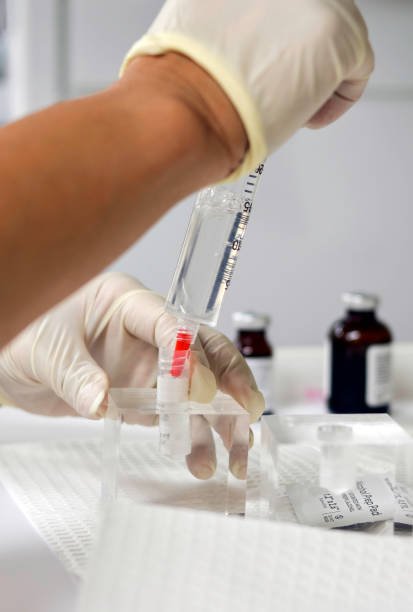
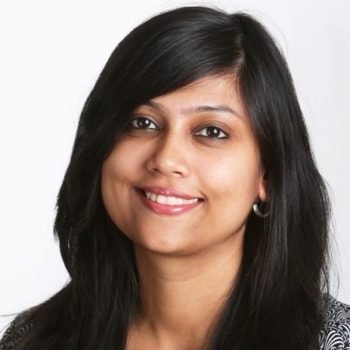


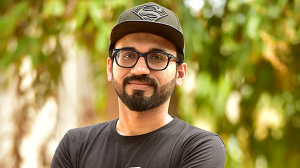
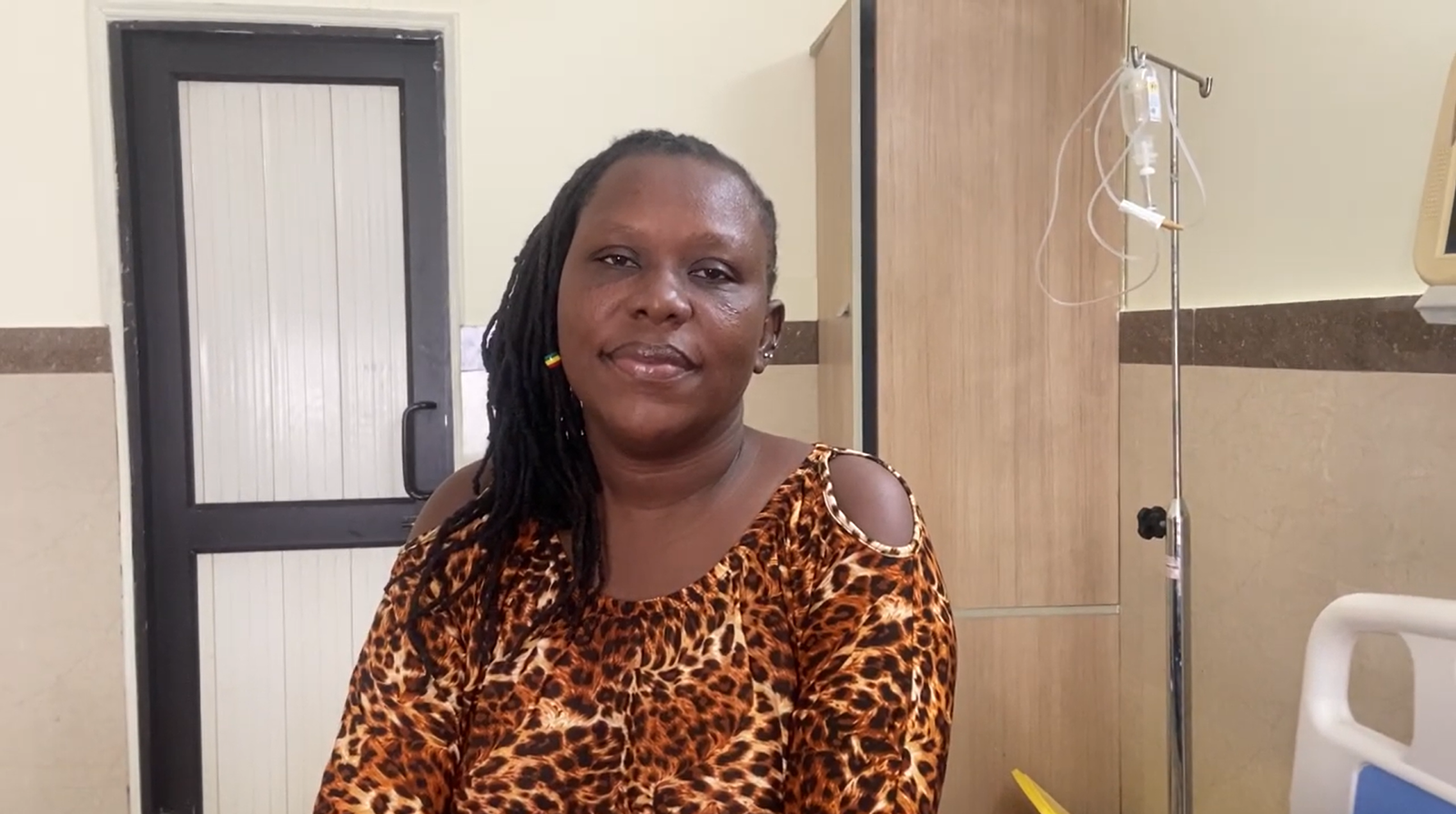
Stem cell therapy for infertility has given us renewed hope. The expertise and..Read More…
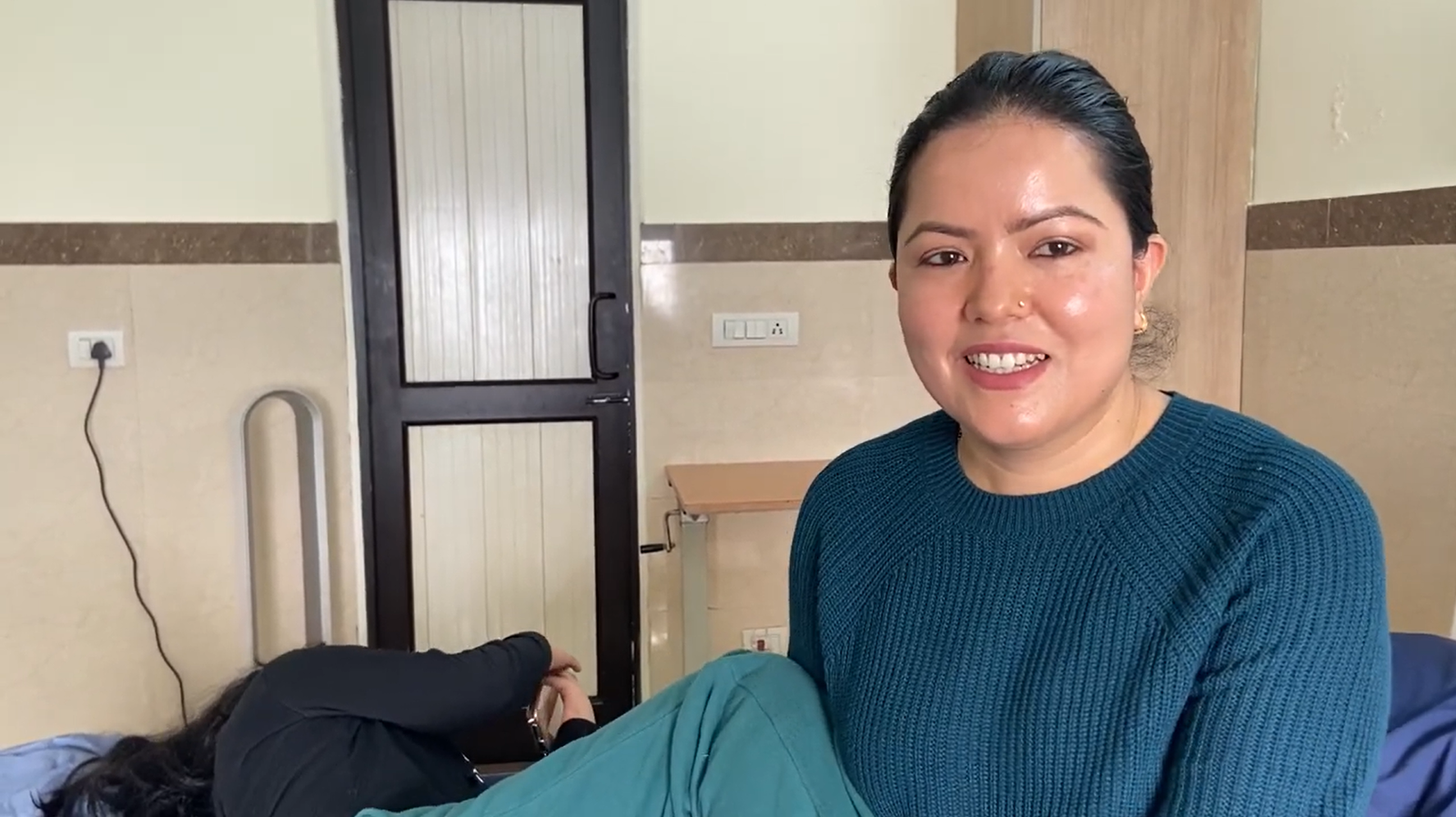
The stem cell treatment for my neurological disease ha.. Read More
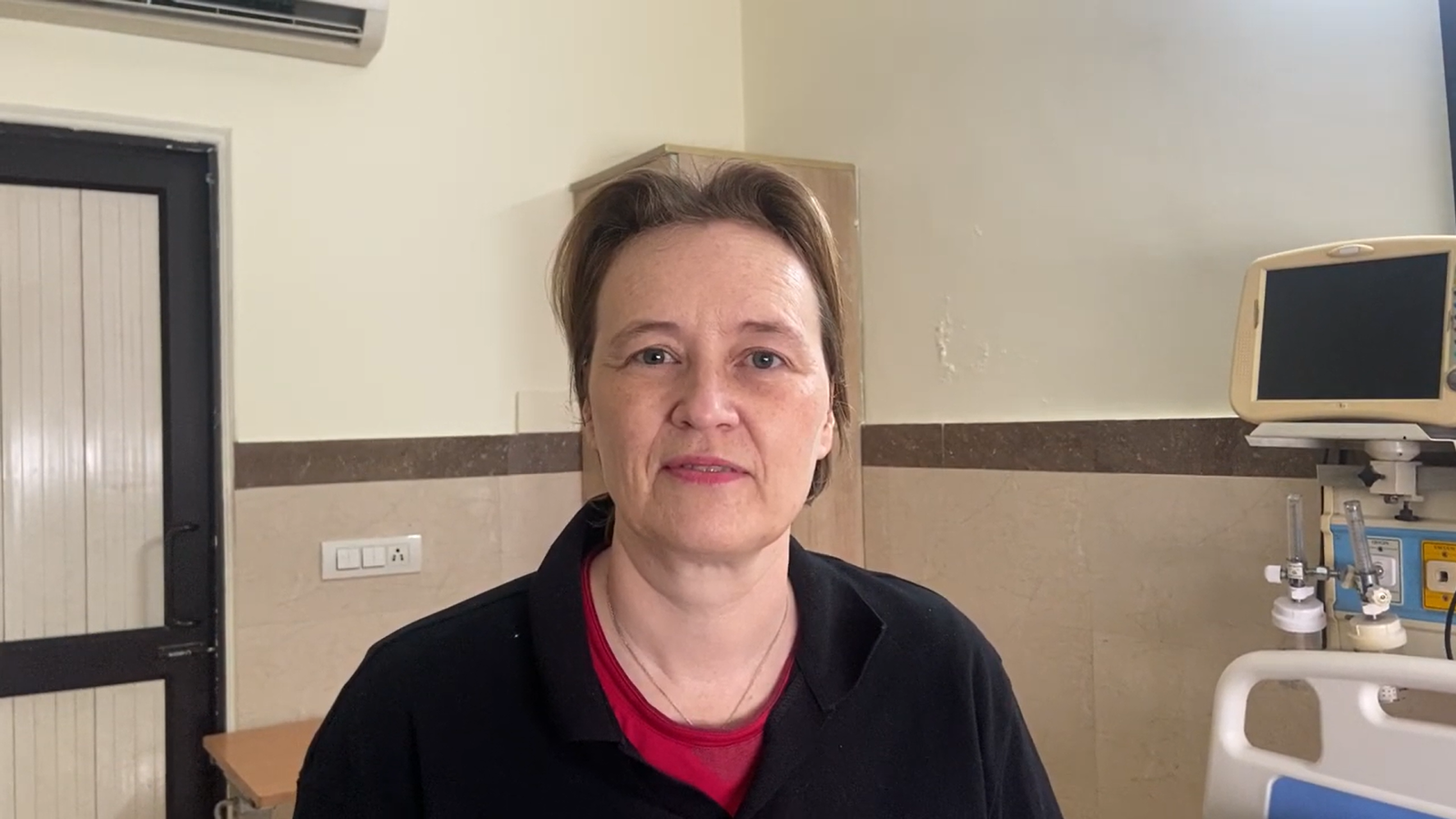
The stem cell treatment for my Chronic Fatigue Syndrome has been transformative… Read more….
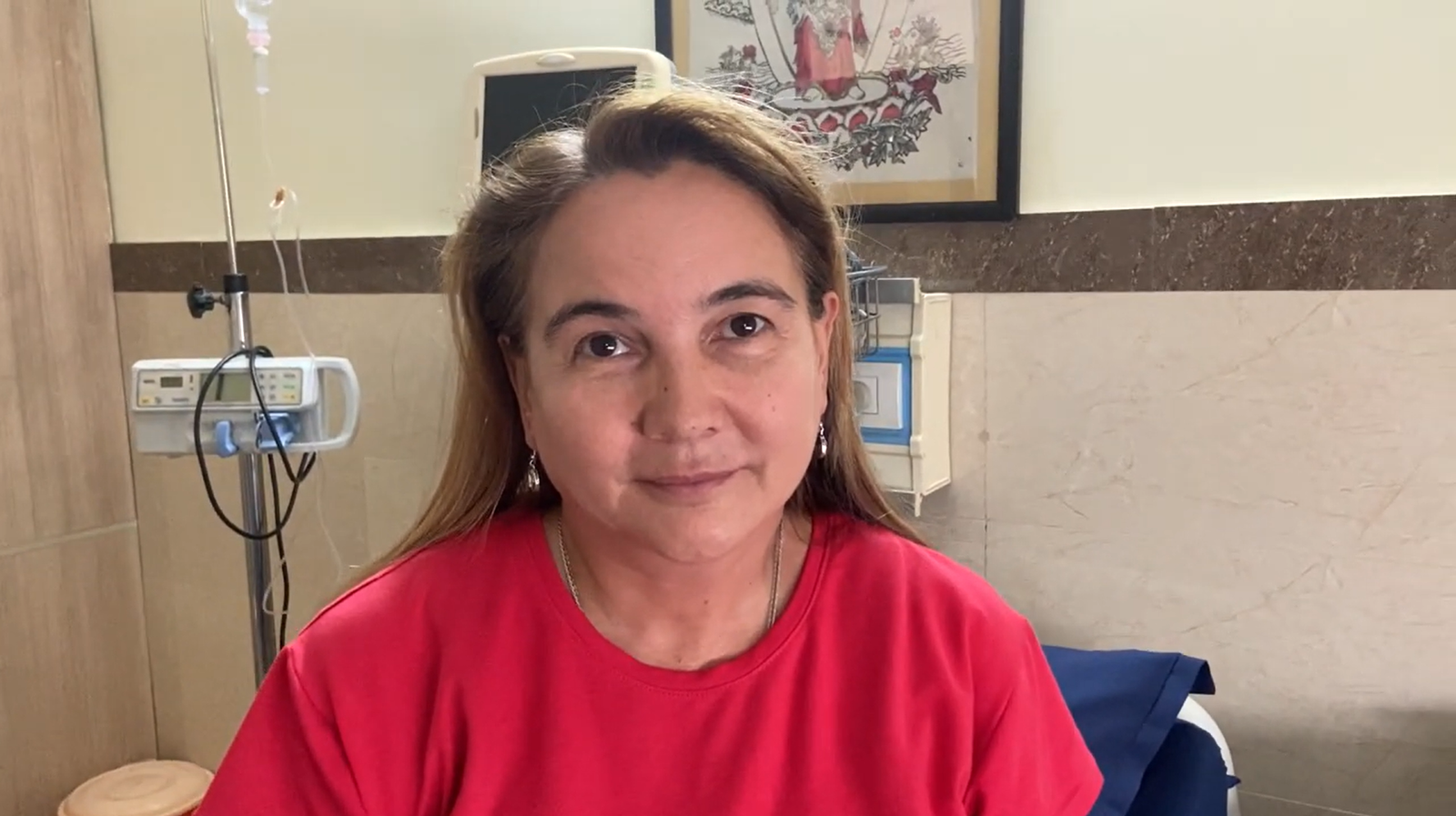
The expert care and attention I received have made managing my condition much easier.. Read
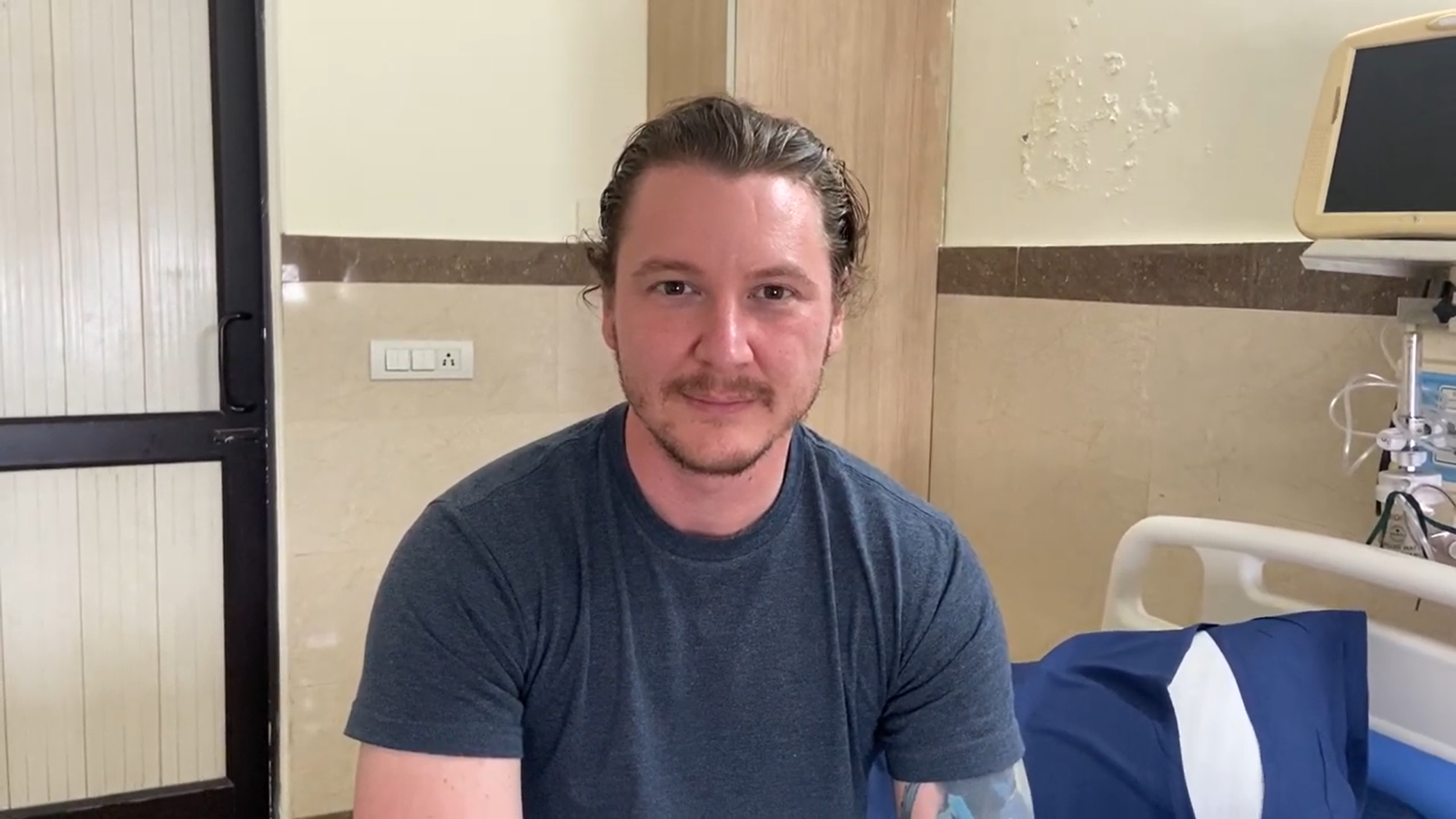
The stem cell treatment for my shoulder pain provided remarkable relief.. Read More…

(+91 ) 7827791242
(+91 ) 7827791242
info@globlaregenex.com
H-23/ B Abul Fazal Enclave, New Delhi - 110025, INDIA